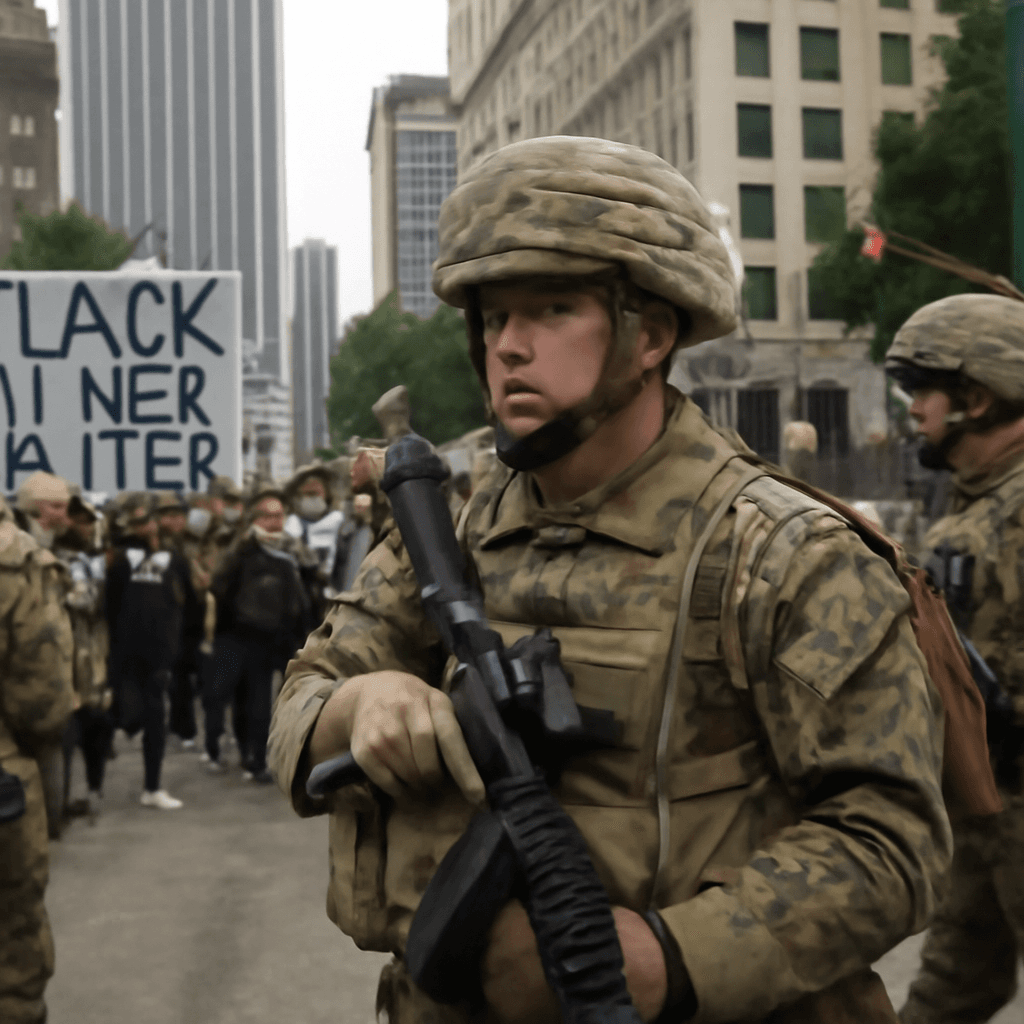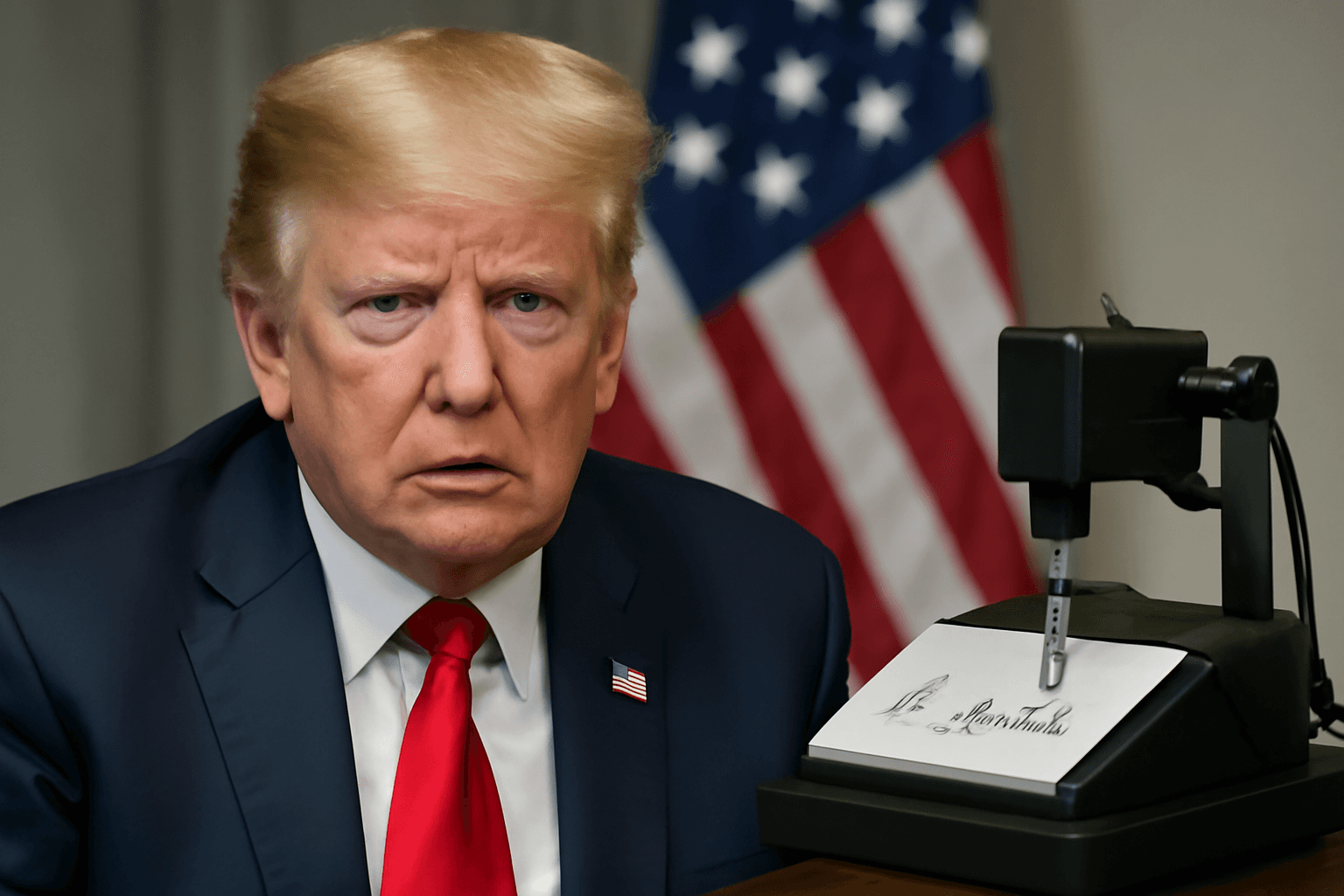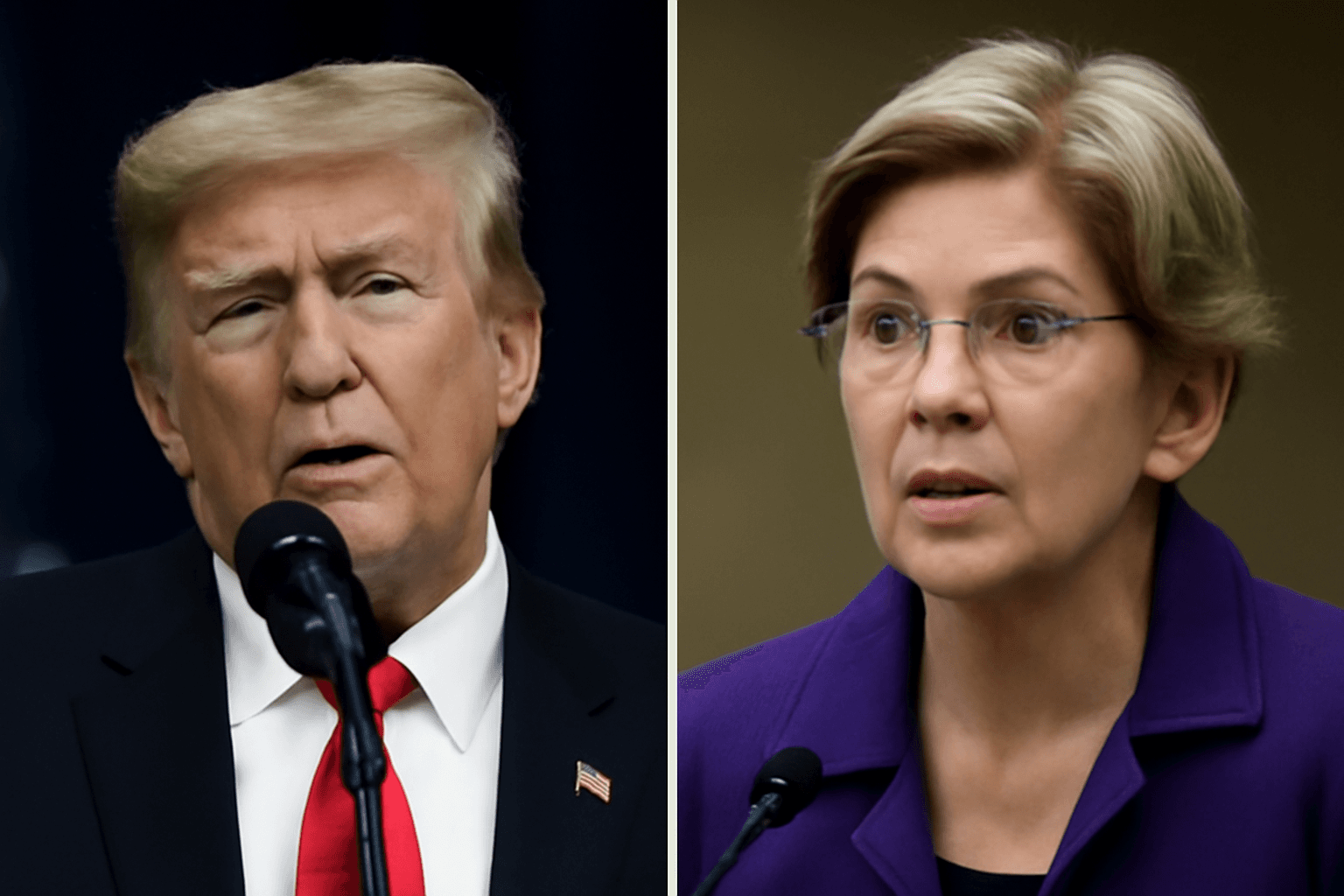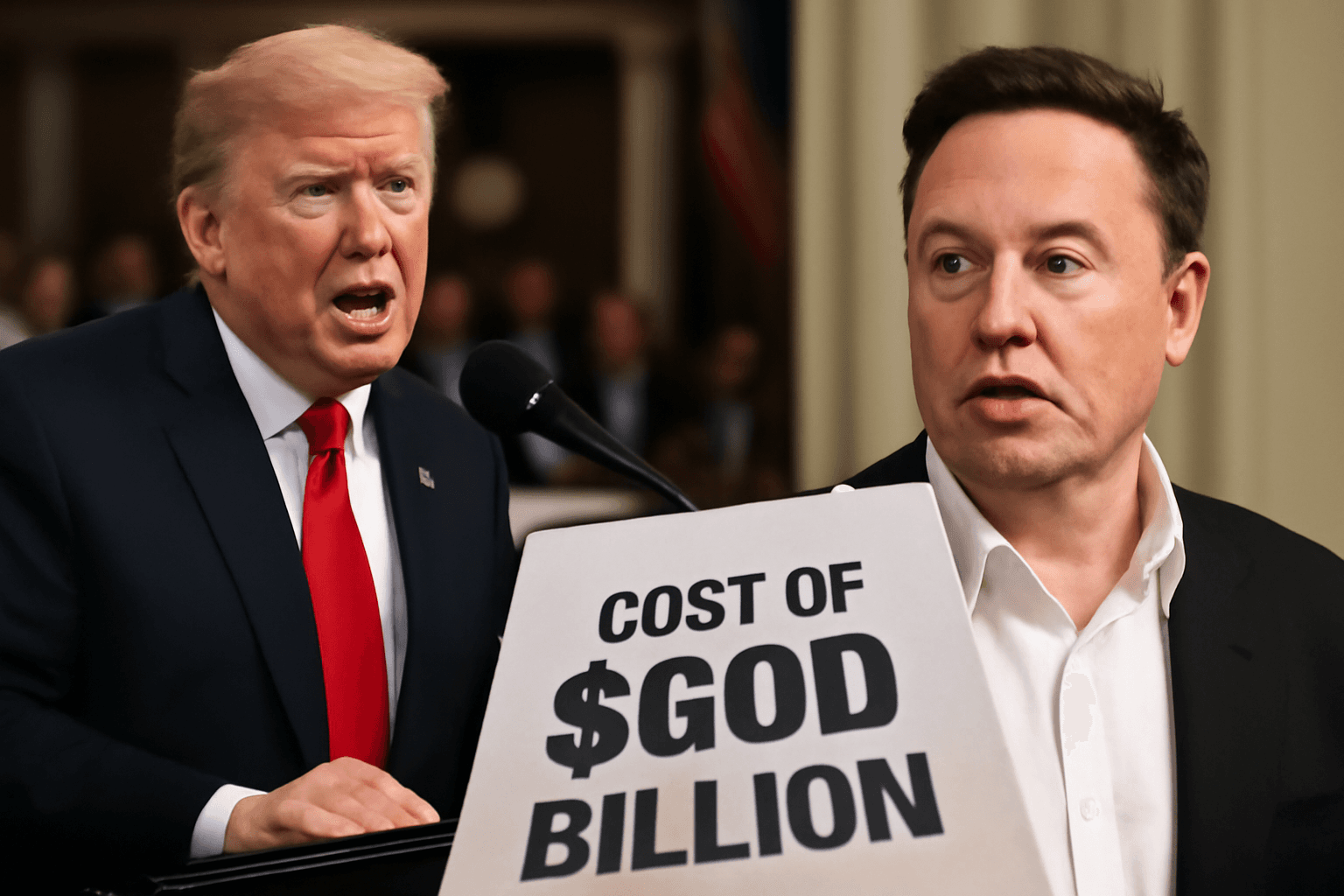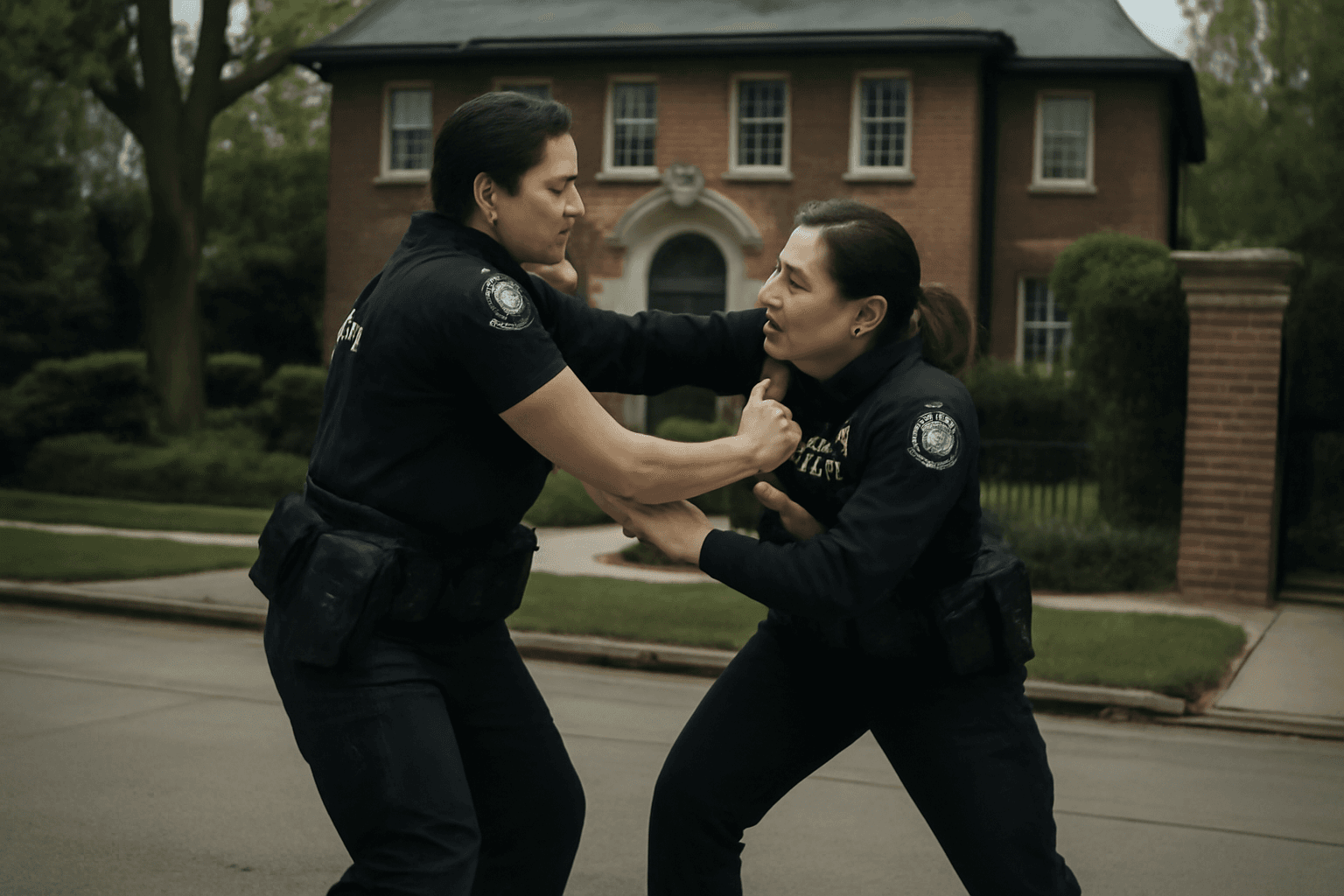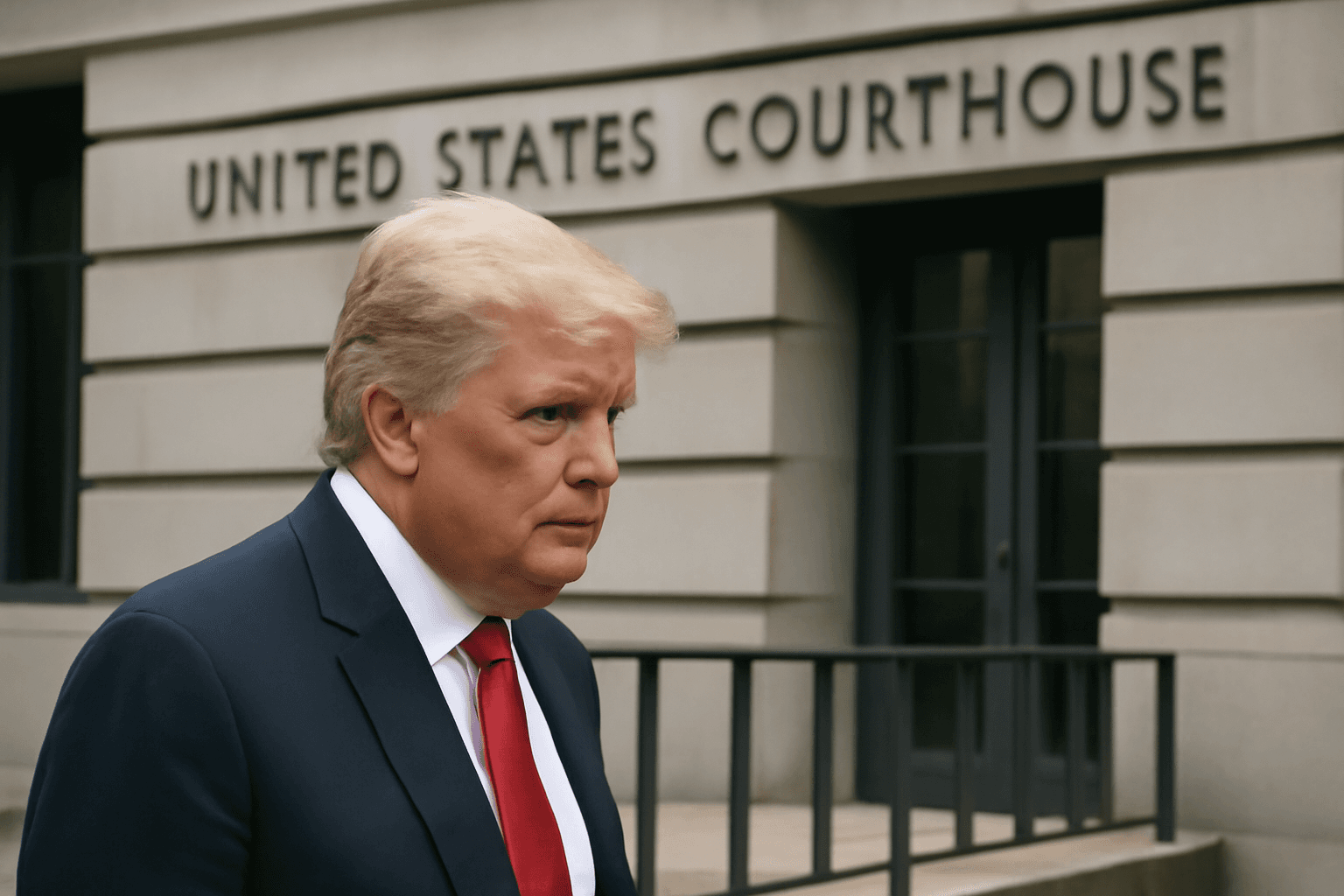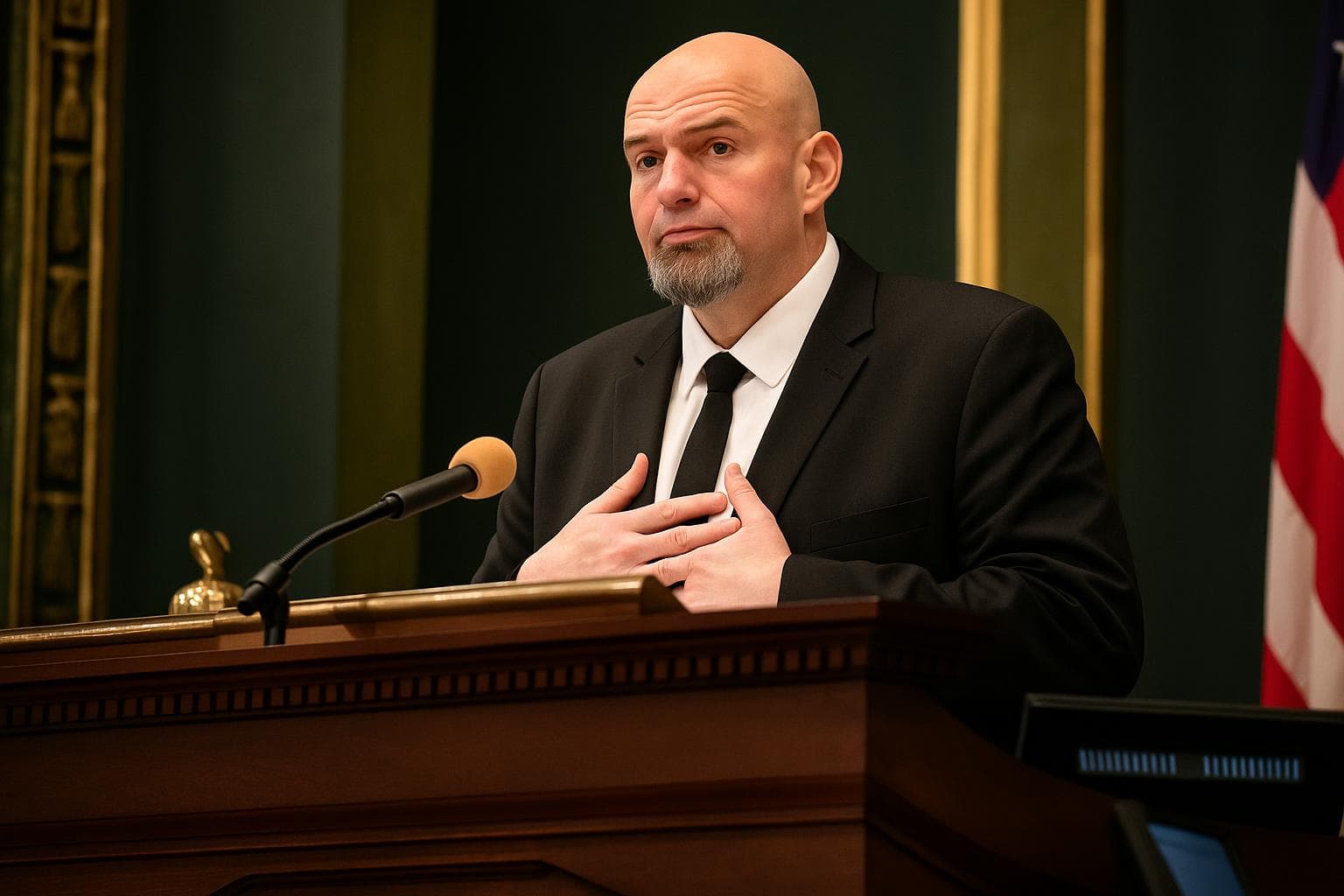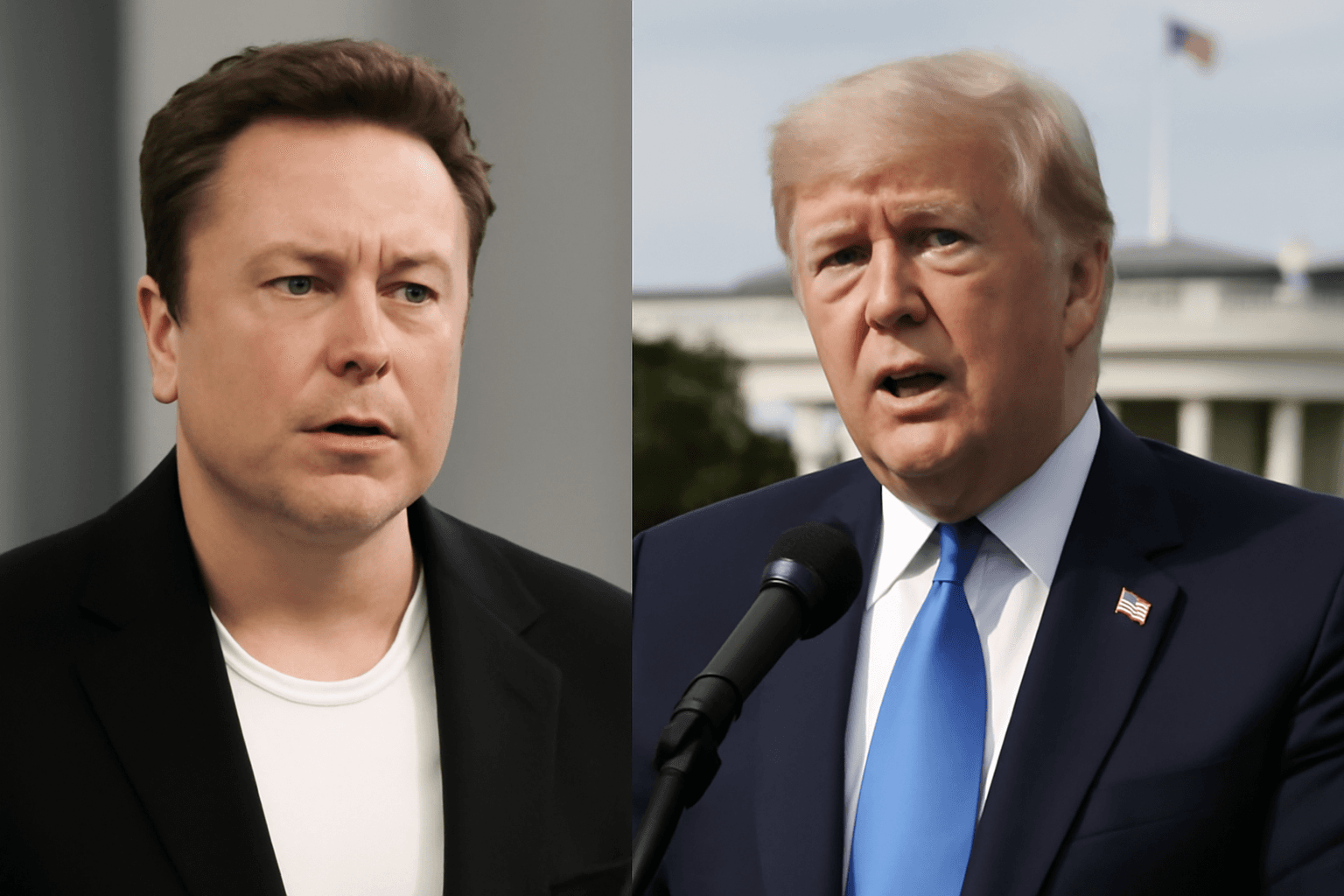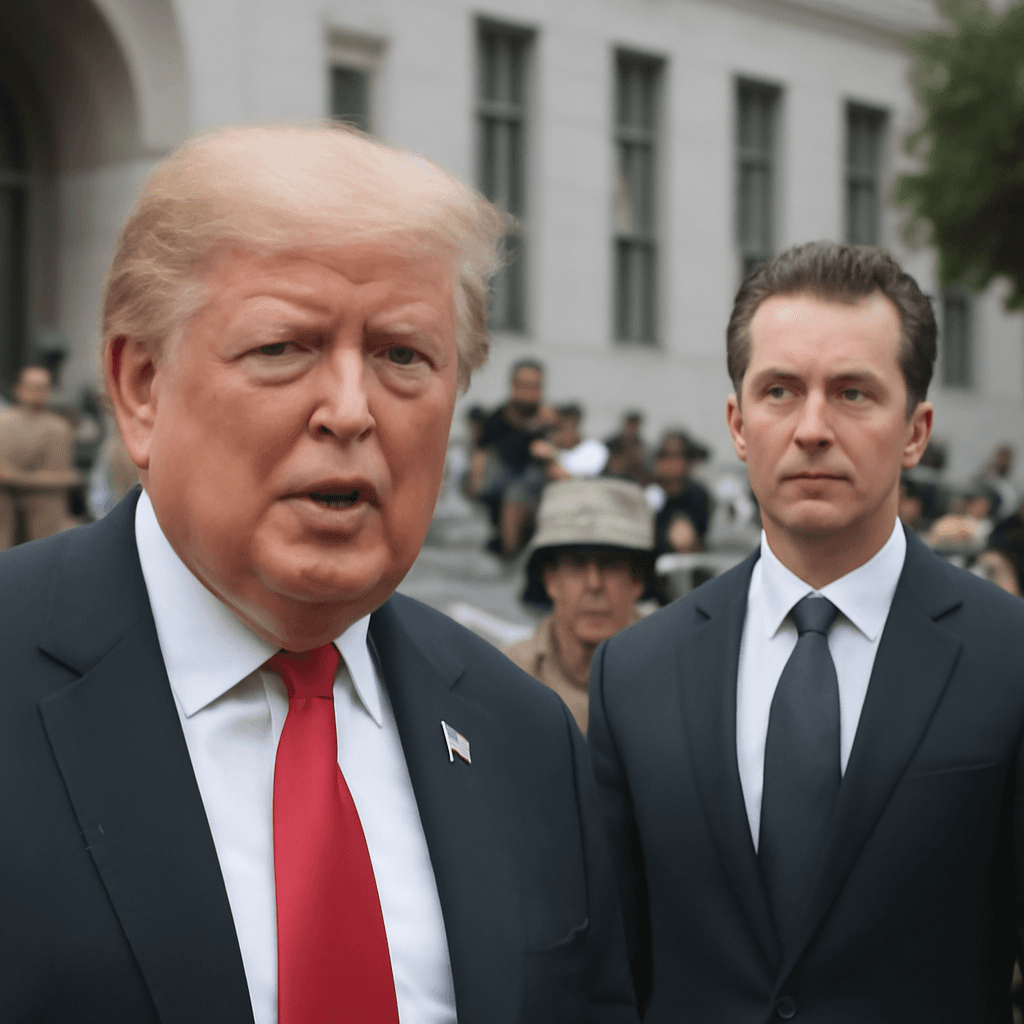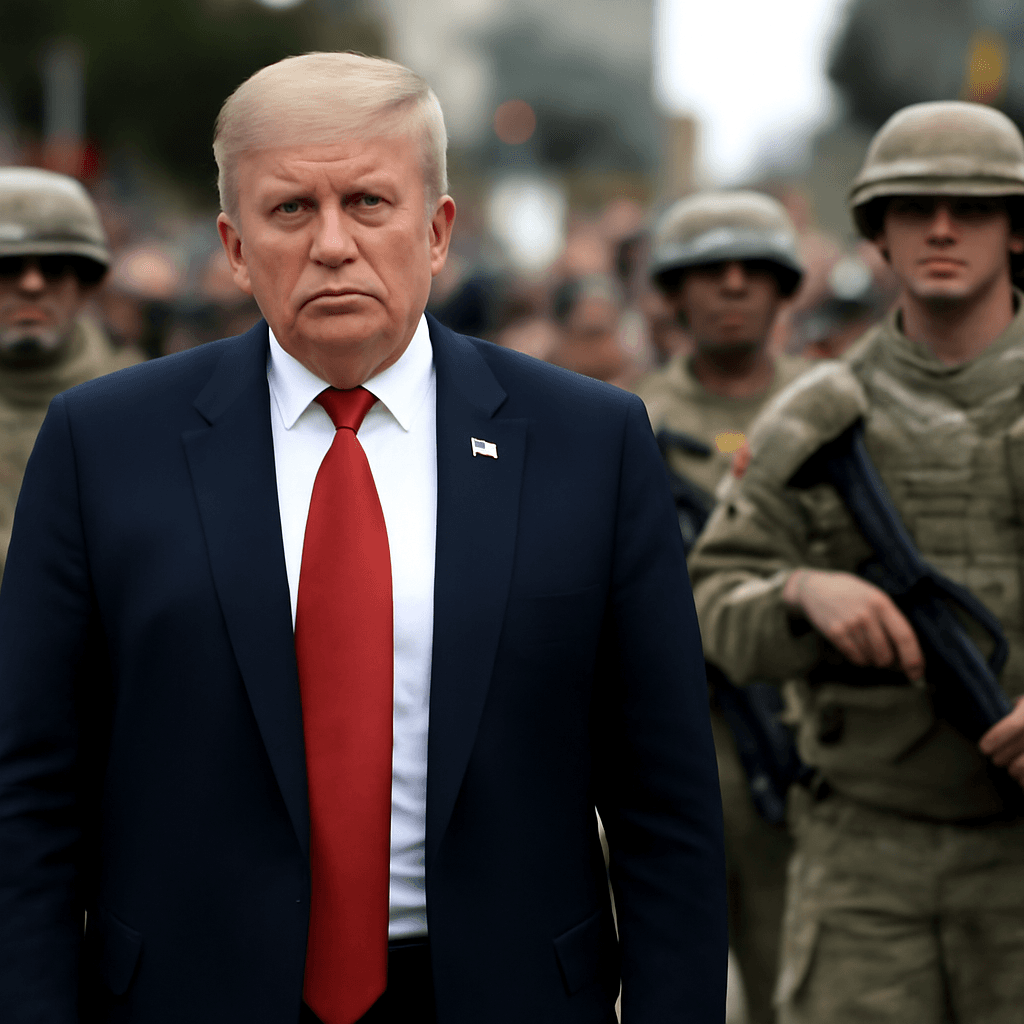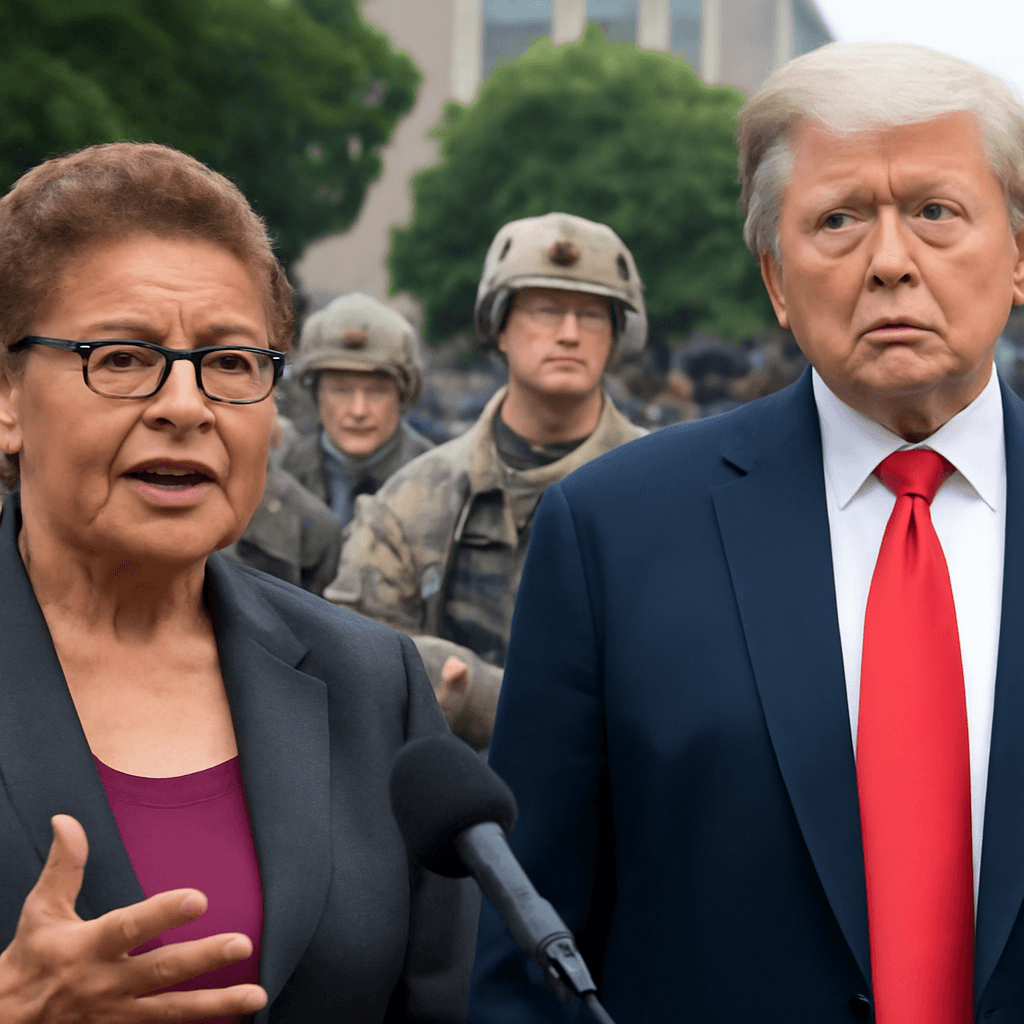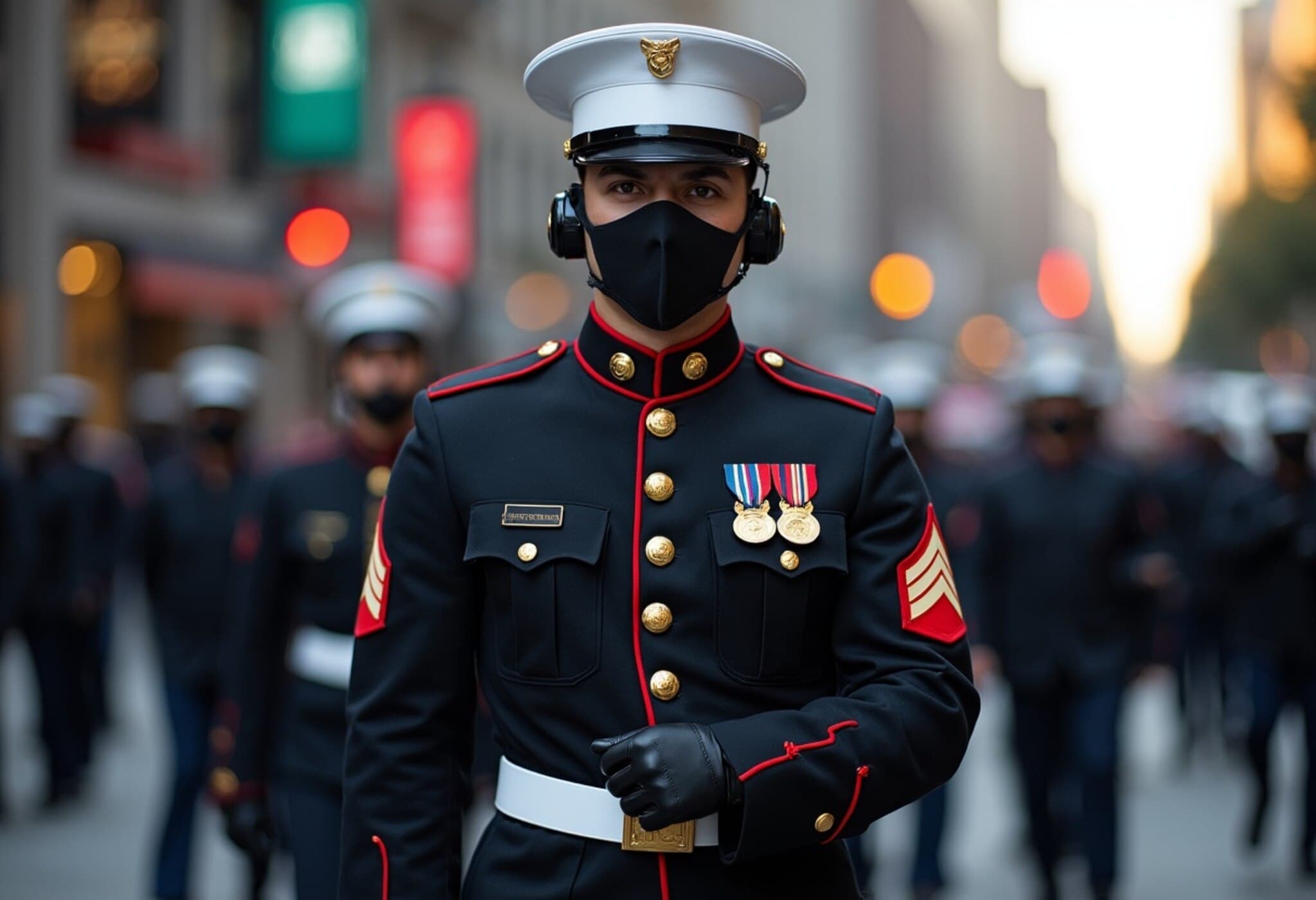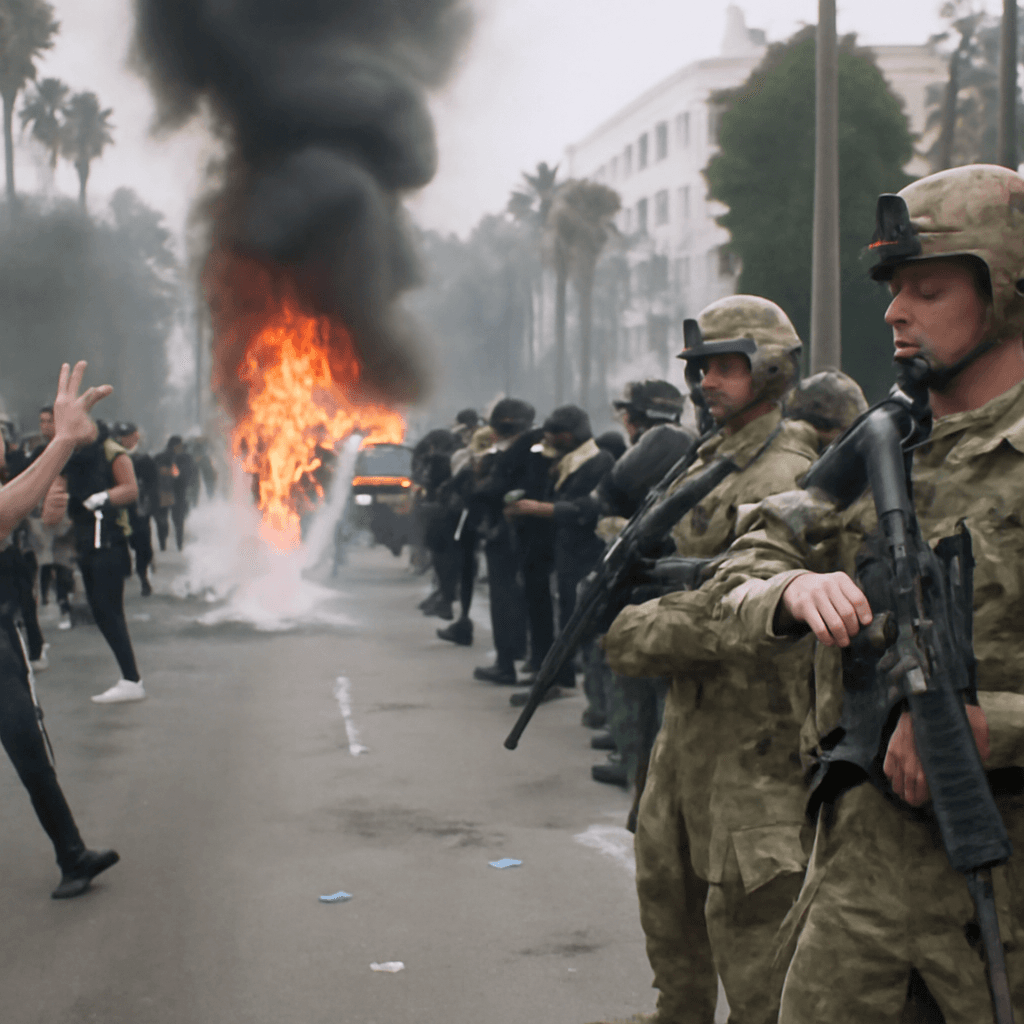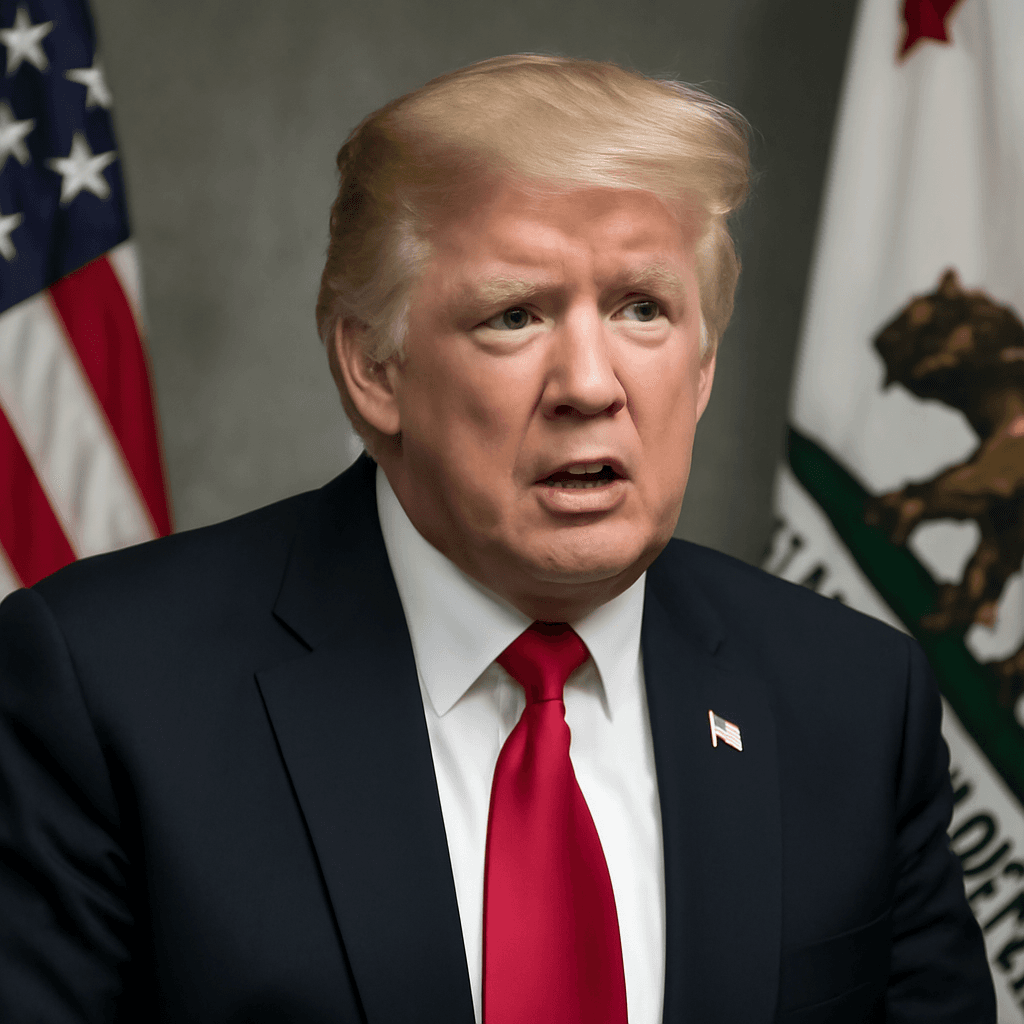Trump's National Guard Deployment in Los Angeles Sparks Controversy
As protests continued for a fifth day in Los Angeles amidst an immigration crackdown, tensions escalated following President Donald Trump's decision to deploy the National Guard to the city. The move, made despite opposition from California Governor Gavin Newsom, has ignited a fierce debate over presidential authority, civil liberties, and the limits of federal intervention in domestic unrest.
Escalating Rhetoric: From Protesters to 'Insurrectionists'
Over the weekend, President Trump condemned the demonstrators, describing them as “violent, insurrectionist mobs.” While initially hesitant to label the situation outright as an insurrection, Trump later intensified his language via his social media platform, dubbing protesters “paid insurrectionists” without providing evidence. This sharp escalation raised concerns among legal experts and lawmakers about whether the administration might invoke the Insurrection Act of 1807 to justify a broader military intervention.
Trump’s Statements on the Insurrection Act
When questioned on the possibility of invoking the Insurrection Act—a law last deployed in 1992 during the Los Angeles riots—Trump left the door open, stating, “Depends on whether or not there is an insurrection.” He acknowledged the presence of violent elements but stopped short of confirming an insurrection. Nonetheless, Trump’s rhetoric suggests a willingness to consider drastic measures should conditions worsen.
Militarizing Los Angeles: National Guard and Marines Join the Scene
The deployment of approximately 4,000 National Guard troops was soon bolstered by an additional 700 Marines, signaling an unprecedented federal military presence in a city known for its large foreign-born and Latino communities. Although many demonstrations remain largely peaceful, clashes between police and protesters have occasionally turned violent, prompting heightened security measures.
Understanding the Insurrection Act of 1807
The Insurrection Act allows the president to deploy federal troops domestically under specific circumstances, such as when a state's government requests assistance or when an insurrection makes it impossible to enforce federal laws by normal means. However, this 218-year-old law has been criticized for its vague language and broad scope, leading many scholars to call for reforms limiting presidential power to invoke it.
- Originally passed during Thomas Jefferson’s presidency.
- Provides authority to deploy military forces during insurrections or rebellions.
- Has been used in notable moments, including school desegregation enforcement and civil rights-era unrest.
- Last activated in 1992 during the LA riots following the Rodney King verdict.
Legal and Political Implications of Potential Invocation
If President Trump chooses to formally invoke the Insurrection Act, it may happen without the consent of Governor Newsom, a scenario uncommon since the 1960s. Such a step would amplify constitutional debates over federalism, executive power, and the right to protest. Critics warn it could further inflame tensions and undermine civil liberties protections.
How Trump Authorized the National Guard
Interestingly, the National Guard's deployment to Los Angeles was not executed under the Insurrection Act but under Title 10 of the U.S. Code. This grants the president authority to activate federal troops when rebellion or threats to government authority exist or when regular forces cannot enforce the law. Trump's presidential memorandum emphasized protection for federal personnel, including Immigration and Customs Enforcement (ICE), and federal property amid ongoing demonstrations.
The Road Ahead: A Flashpoint for U.S. Governance
The ongoing unrest in Los Angeles and the administration’s robust response are set to become a pivotal test for the balance of power between state and federal governments. They also raise pressing questions about how democratic societies should respond to civic unrest while safeguarding constitutional rights.

